Liu Guangyu: How can Cai Lun's paper -making technique affect the spread of world culture?丨 丨 东西 东西
Author:China News Weekly Time:2022.07.08

The impact of papermaking on Europe and world civilization
There are three aspects
China News Agency reporter: Sha Jianlong Zhao Xiao
Number of full text: 2590
Estimated reading time: 10 minutes
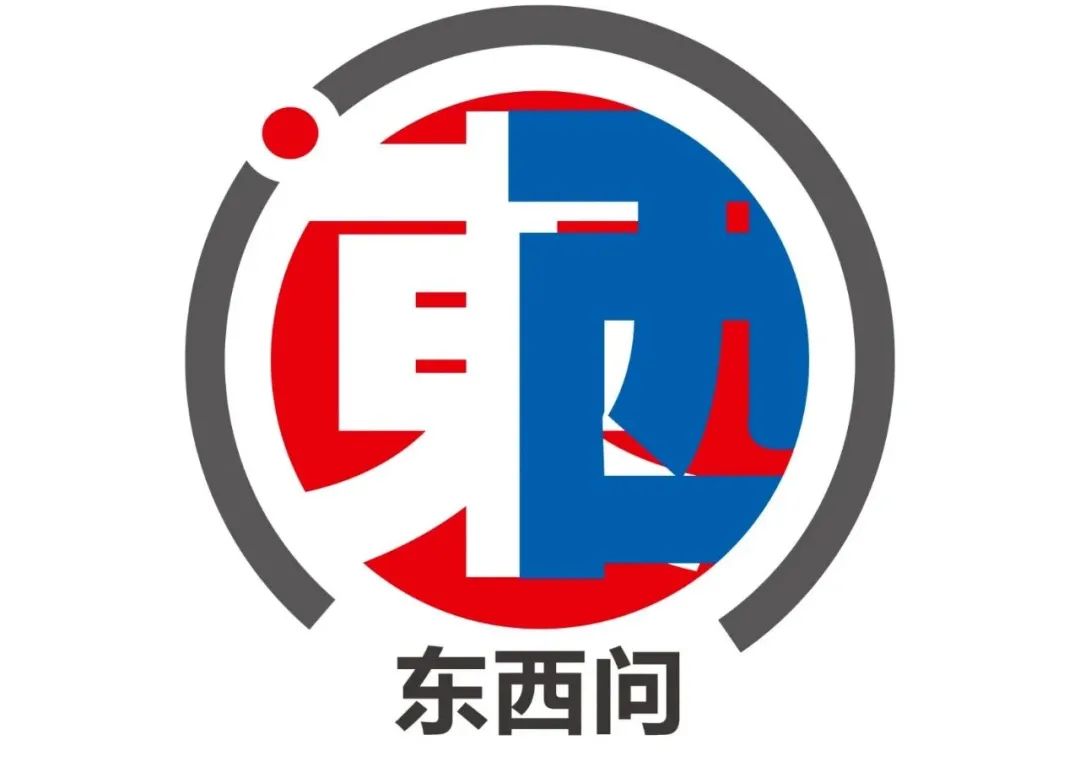
The paper used in the history of countries in the world has originated from the invention of the Han Dynasty about two thousand years ago. Cai Lun is the representative and key figure of the invented paper invented by the Han Dynasty. The papermaking technology he invented has a profound impact on future generations.
He is a well -known editor scholar of "Early Application of Cai Lun Paper and Paper" and Professor Liu Guangyu, former director of the Editorial Department of "History and History". Improve the controversy of the hero and interpret how Cai Lun's paper creation affects world culture.
Abstracts are currently recorded as follows:
Reporter of China News Agency: Papermaking is one of the four major inventions of ancient China. There is still controversy about Cai Lun's pioneer in papermaking or improved. What do you think about this?
Liu Guangyu: Since the middle of the 20th century, with the discovery of Cai Lun's previously produced in the archeological objects, some scholars believe that this shows that the papermaking was successful before him, so he asserted that Cai Lun's success was "improved". For decades, the "improvement theory" has prevailed.
It is true that Cai Lun had no doubt before, but this could not be the basis for the establishment of "improvement theory". Because the papermaking in the Eastern Han Dynasty has a clear established purpose, such as the "Hou Han Book Cai Lun Biography" is recorded to solve the problem of "expensive and simple, not easy for people" in the field of media. This purpose has formed two major requirements: first, for "Gui Gui", it is necessary to cost low costs for making paper. Second, for "simple", the product must be light and easy to use. Before the two requirements were fully implemented, although there were already paper, it was not successful.
From the "Biography of the Han Dynasty" in the Biography of the Han Dynasty, "self -(from now on), you can't use it, so the world's salty" Cai Hou Paper '"can also be understood that" Cai Hou Paper "is widely used, and it has low cost and lightweight and lightweight. Two major advantages are the symbol of the successful realization of papermaking.
It can be seen that Cai Lun is not the earliest papermakers, but the ultimate successor of papermaking in the Eastern Han Dynasty. Data show that from the beginning of paper to Cai Lun's success, it has gone through a long time. The inventor of the paper is an unknown group formed by everyone who contributed in this long process. As the ultimate successful person, Cai Lun is the only person in the group who leaves a real name and is an outstanding scientist who has collected papermaking technology. He has raised Chinese papermaking technology to a mature stage. It is said that his achievements are "improved", which is inconsistent with historical facts, and has the negative role of covering up historical truth and confusing audiovisual.
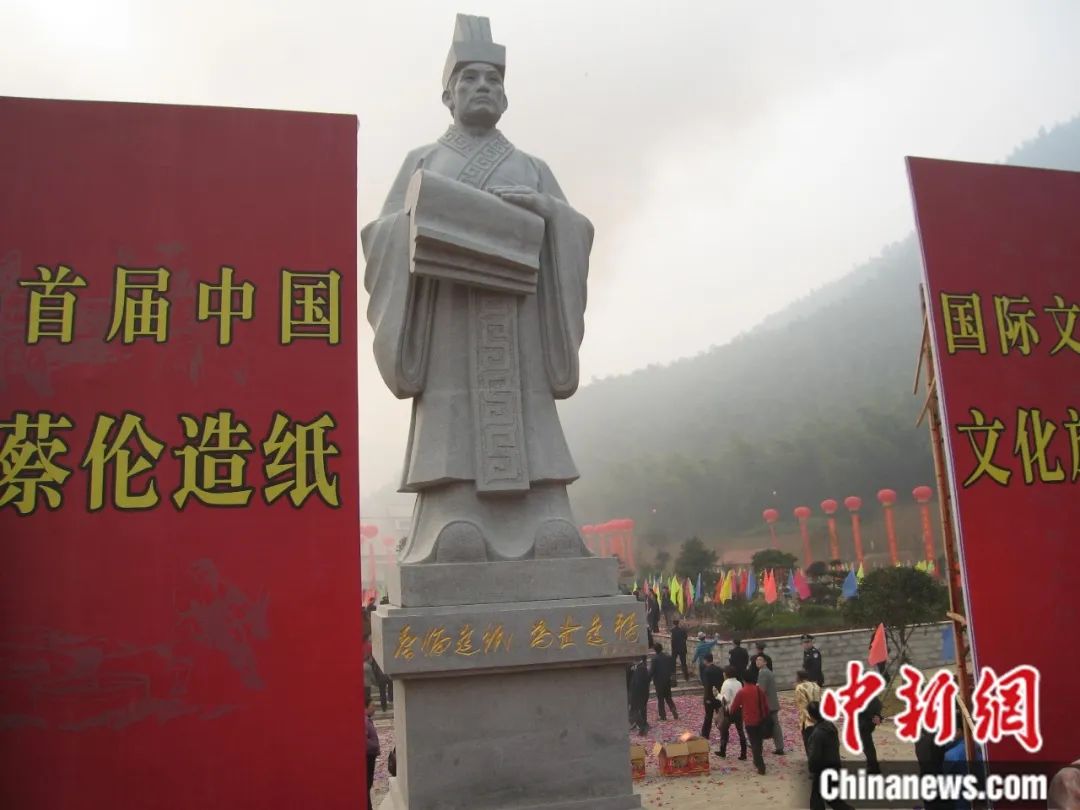
Cai Lun's statue of Cai Lun, Hunan, hometown. China News Agency reporter Liu Shuangshui
Reporter of China News Agency: Why can China successfully invented papermaking during the Eastern Han Dynasty, and why can't most countries in the world master paper making?
Liu Guangyu: American scholar Carter demonstrated in his book "The Invention of Chinese Printing and its Western Biography", and the papermaking techniques of countries around the world are directly or indirectly derived from China. All countries cannot master papermaking technology by themselves, not because there is no need, but because of the high technology content of papermaking, it is difficult.
Why can the Chinese Eastern Han make paper? There are many related factors, and there are roughly three important reasons:
One, strong demand. Since Yin and Shang, China has been vast, populated with a large population, and different languages. To carry out timely and effective communication and exchanges across the country, in addition to relying on Chinese characters that are expressed in shape, we must also use a medium tool that is rich in raw materials and difficult to make. Historically, the papermaking of the Eastern Han Dynasty was to let the new media tool paper book, replacing the original books of the original media tools, and realizing the "upgrade and replacement". The Han Dynasty regarded the development of education as a national policy because of respect for Confucianism. At that time, he had a large number of reading population, which caused a strong demand for writing materials and books.
Second, the technical route is correct. First of all, the papermaking in the Eastern Han Dynasty was to solve the problem of "preciousness and simplicity". The purpose was clear and the requirements were correct. It could avoid major failure and setbacks. In addition, the papermaking raw materials choose the hemp fiber that the ancient Chinese are very familiar with, so that they can take less detours and shorten the distance of technological success.
Third, traditional culture has played an important role. Among them, the two major factors of the concept of the family and the Confucian "people" are the most important. The concept of home country is born in Shang and Zhou Dynasty, matured in the Spring and Autumn and Warring States Periods, which has created the traditional ideas of social collectives higher than individuals. Those who are engaged in early papermaking in the Eastern Han Dynasty can contribute to the family concepts that are deeply ingrained in their minds without complaints and regrets. They believe that national interests are higher than individual interests. And can benefit from descendants.
The so -called Confucian "people" is based on people's livelihood and loves the people. In order to make paper, the highest rulers of the country at that time, including Zhang Di, He Emperor, and the Empress Dowager Deng, who listened to politics, were enthusiastic. Cai Lun's papermaking was completed in Shangfang Ling's workshop supported by the emperor. If the court used this to monopolize papermaking, he would be able to obtain huge profits. However, the court took the initiative to conducive to the people, and taught Cai Lun's paper -making techniques to the people for free, prompting the folk paper industry to flourish. For decades after Cai Lun, the folk has been able to produce a better "Zuo Bo Paper" than "Cai Hou Paper". Its manufacturer is Zuo Bo, a native of Donglai (county rule in Laizhou City, Shandong). All these are the performance and achievements of the "people" by the governing authorities.
In ancient China, such as papermaking, such as the application technology of national economy and people's livelihood, under the dual effects of the concept of home and the politics of the "people's own", continued to improve and continue to develop. About the world before the 17th century, it has been in the world's leading position. The villagers in Tengchong, Yunnan showed ancient papermaking skills. Photo by Li Jiaxian, a reporter from China News Agency
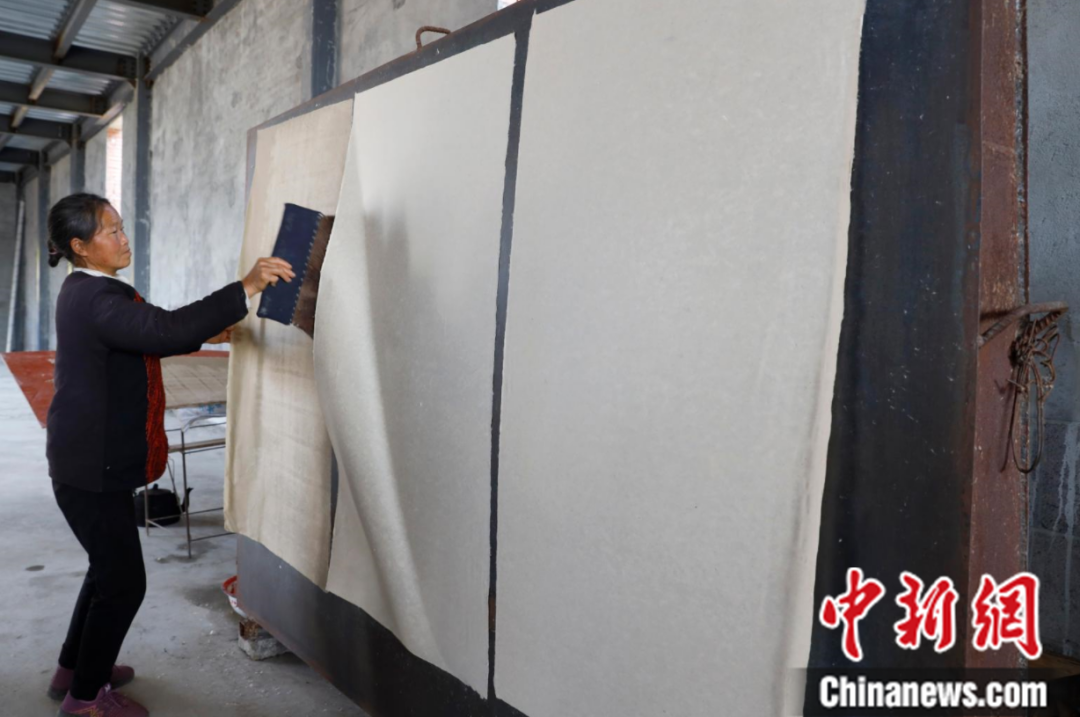
China News Agency reporter: Today, two thousand years later, the world is still using Cai Lun's papermaking skills. What way does this skill pass to overseas?
Liu Guangyu: Since the Eastern Han Dynasty, there have been two main routes for Chinese papermaking to spread abroad. One is to spread to East Asian countries, and most of them are directly introduced from China, such as North Korea and Vietnam, while Japan was originally introduced indirectly through North Korea. According to the "Biography of the Haidong Monk" in the "Haidong Monk" in the Gaoli monk, the Eastern Jin Dynasty (384) (384), the Emperor Jinwu sent a Vatican monk from Shandong cross the sea to the Baiji Kingdom to promote the Dharma and bring a large number of books. Paper -making techniques on the Korean Peninsula. By 610 AD, the Korean monk Yizheng passed the Chinese paper to Japan.
The route that Chinese papermaking spreads to the West is to first go to the Arab countries and then spread to European countries. According to the invention of "Chinese printing and its Western Biography" by American scholar Carter, Tang Tianbao, ten years, in 751 AD, the Arab Army was in a fierce battle with the Tang Dynasty celebrity Gao Xianzhi in the Tang Dynasty (now in Kazakhstan). Captured the paper craftsman in Tang Jun. As a result, with Chinese paper craftsmen, the Arabic region has built paper workshops to quickly form three major papermaking centers: Samalham, Baghdad, and Damascus. In the 10th century AD, the Arabs passed on paper from Morocco, North Africa to Europe and Spain; then, it was passed to France (12th century), Italy (13th century), Germany (14th century), and even other European countries.
People watch the handmade papermaking process on the theme exhibition of "Chinese handmade papermaking and artistic arts". Photo by Han Haidan, a reporter from China News Agency
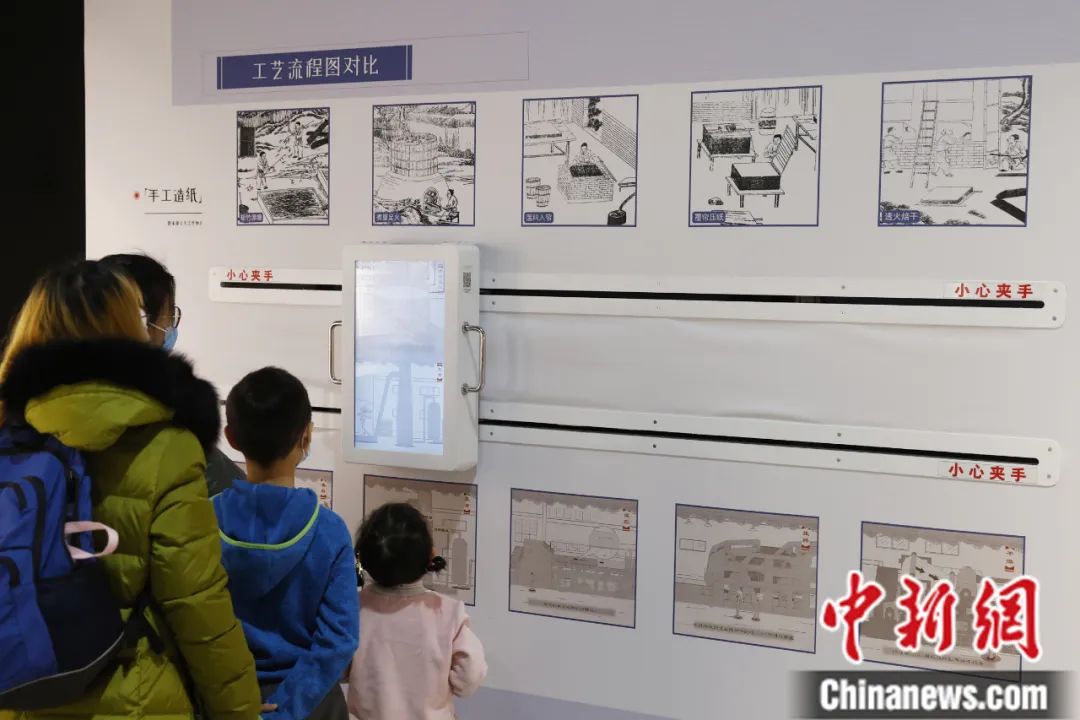
Reporter of China News Agency: What contribution of Cai Lun's paper creation to the spread of Chinese culture and world civilization?
Liu Guangyu: The impact of papermaking on Chinese culture is mainly reflected in two aspects: First, consolidate and promote national unity. Chinese Chinese characters have paper books such as paper books that are both economical and convenient, and can break the restrictions of time and space, and give full play to the huge role of unified countries in politics and culture. If you leave the carrier of the paper, it is difficult to use a good place for Chinese characters. Second, promote the continuous prosperity of culture. As a media tool, paper books can quickly and effectively lin the author's writing with the reader's reading, so that social and culture will continue to prosper and prosperous in the mutual promotion of the author and readers.
The impact of papermaking on Europe and world civilization is roughly three aspects: First, it is possible to invent and print only after using paper. Chinese paper was introduced to Germany in the 14th century. In the 15th century, German Gudenbao invented and printed. Second, the Lamb Paper used by the ancient European people was gorgeous, but too expensive. It is said that the Bible should be copied with 300 lambskin, and even the average aristocracy is daunting. The paper books produced by Chinese papermaking and Gudenburg printing technique can quickly provide strong communication tools for the two major movements of Luther Religion and European Renaissance with their unique economic convenience. Victory creates an indispensable favorable condition. Third, the combination of Chinese papermaking and Gudenburg printing has provided a solid foundation for the formation and development of modern publishing industry after the 16th century, thereby affecting the development of world civilization.
Introduction to the interviewee:
Liu Guangyu (1936-), a well-known editor in China, the earliest advocate compiled by the history of China Publishing, once the deputy director of the theoretical research department of the Propaganda Department of the Shandong Provincial Party Committee, the director of the editorial department of Shandong University's "Culture History and Philosophy". Edit studies, publishing history, literature and art, philosophy and other fields.
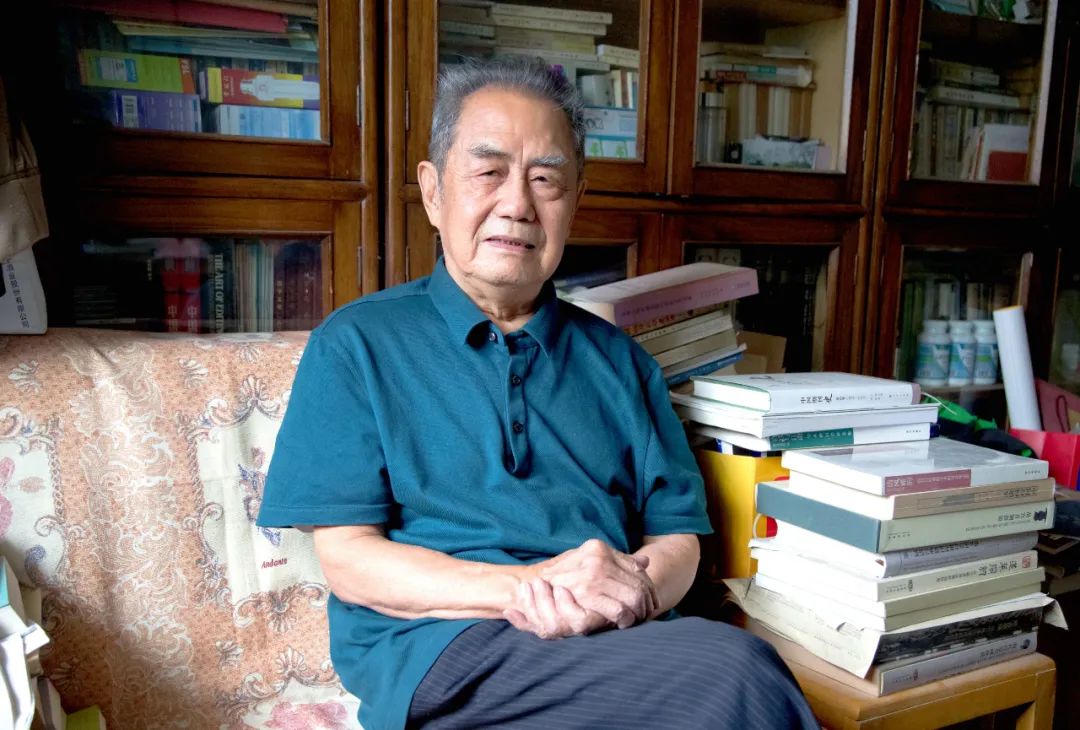
Text Editing: Han Yu
Picture Edit: Xiong Ran
- END -
Doctor of History Liu Bo Qianwan Bookstore shared "the past and present life of the Silk Road"
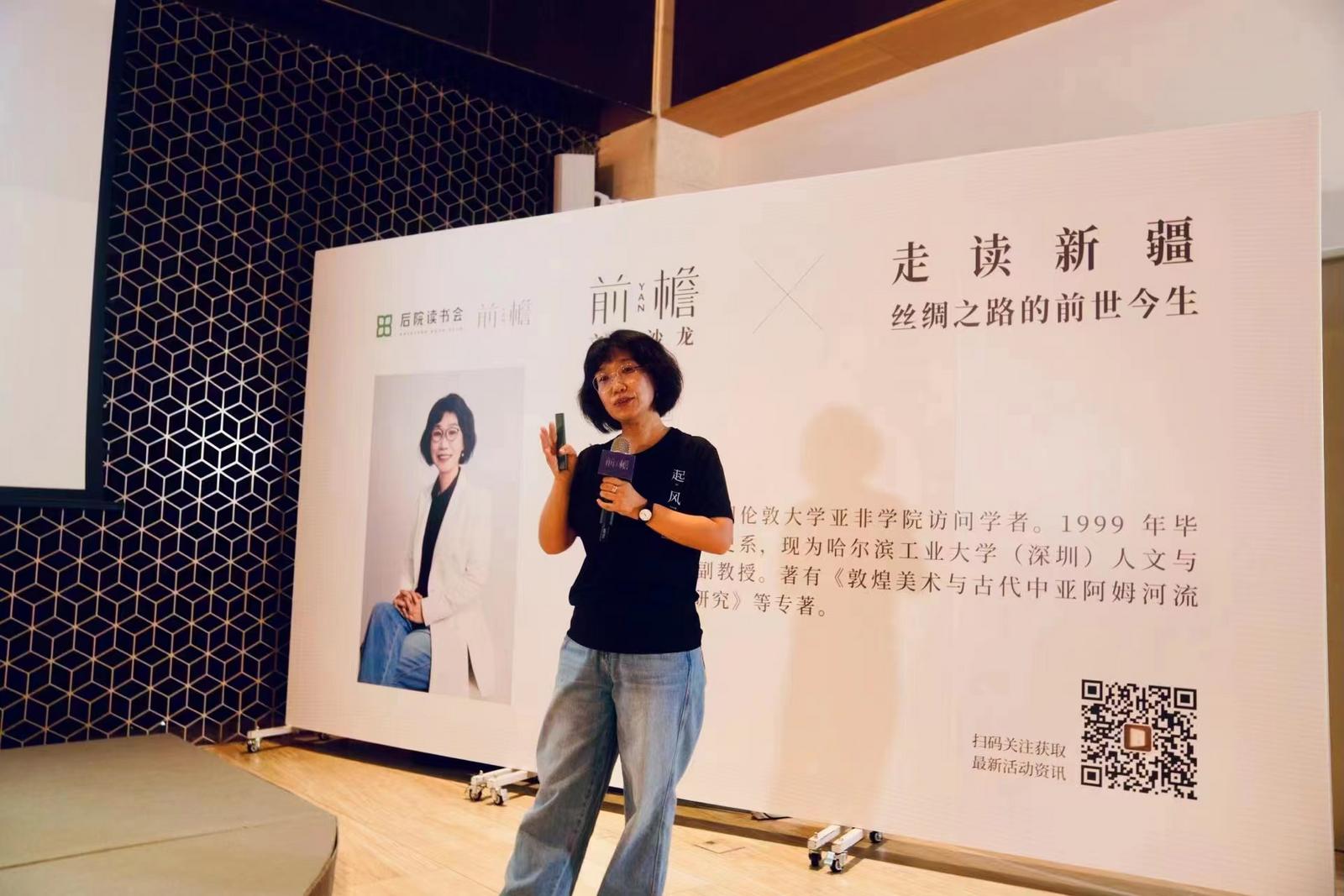
In 1973, the 45 -year -old writer Ikeda asked the 84 -year -old British historian ...
"Learn the History of the Party" Huang Yibing: Speaking from the Yan'an Rectification Movement
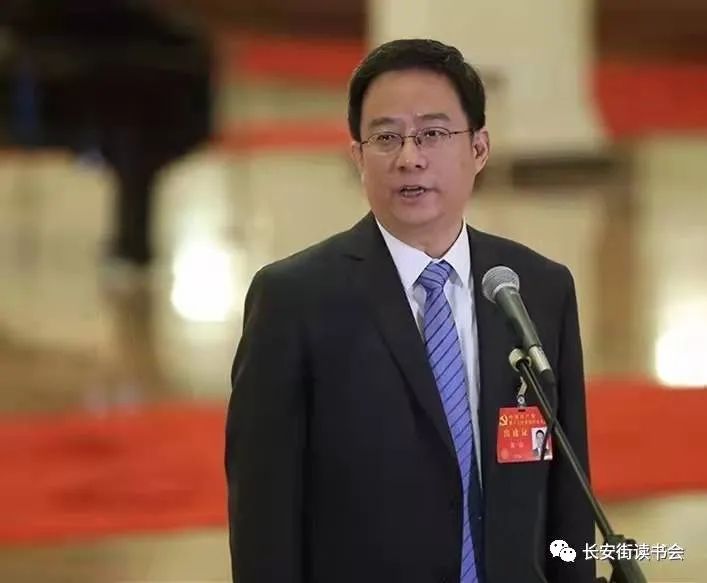
Huang Yibing: Speaking from Yan'an Rectification MovementStudy party history